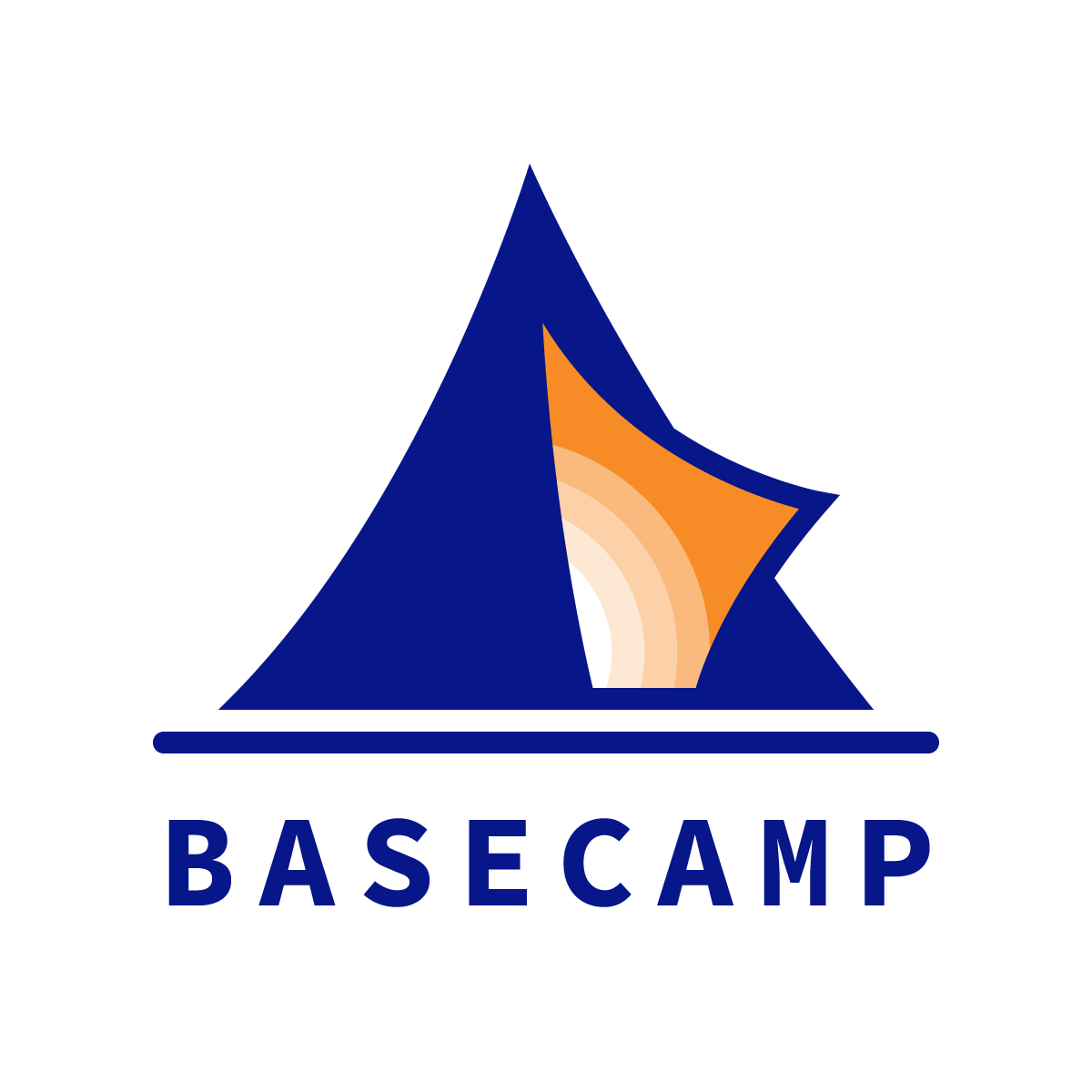Curriculum for Inner Agility
Photo by Julie Macey on Unsplash
McKinsey Quarterly is a wonderful resource for the evolving demands of leadership. I was particularly struck by a recent essay, "Leading with Inner Agility," in which the authors make a blunt claim:
"The very nature of disruption means that even the best, most prescient leaders will be steering their company into, and through, a fog of uncertainty. [...] We need inner agility, but our brain instinctively seeks stasis. At the very time that visionary, empathetic, and creative leadership is needed, we fall into conservative, rigid old habits."
If we live in an "age of accelerating change," as Thomas Friedman so persuasively argues in Thank You For Being Late (2015), then shouldn't your curriculum prepare learners to lead with "inner agility"?
And what, exactly, might leading with inner agility mean? The authors of the McKinsey essay recommend the following:
- "Pause to move faster." How often do you ask learners to reflect on what they're learning? To think about their thinking?
- "Embrace your ignorance." Do you encourage your learners to adopt a "beginner's mind" that keeps them open to possibilities and curious about the unknown?
- "Radically reframe the questions." Do you teach your learners the art and science of asking great questions? Do they know the difference between questions that lead to divergent and convergent thinking?
- "Set direction, not destination." My friend and collaborator Carla Silver and I love to talk about the need for "Compasses Over Maps," a phrase that we proudly borrow from Whiplash (Ito & Howe, 2016).
- "Test your solutions—and yourself." Do you encourage your learners to fail quickly in order to learn? Do you have a process for them to discern what such "failures" teach them about themselves?
When I hear teachers talk about curriculum, they almost always mean the content of what they teach within their discipline.
But curriculum is a broader concept. It refers to all of the learning experiences that we design in order to foster growth.
If you want compliant learners who can repeat information or synthesize sources, your curriculum will likely be teacher-centered and your students ill-prepared for the "fog of uncertainty."
If you want creative and collaborative learners who can frame and solve problems they have never seen before, your curriculum must be student-centered. Can you foster inner agility any other way?
***
Thank you for reading this post from Basecamp's blog, Ed:Future. Do you know someone who would find the Ed:Future blog worthwhile reading? Please let them know that they can subscribe here.

